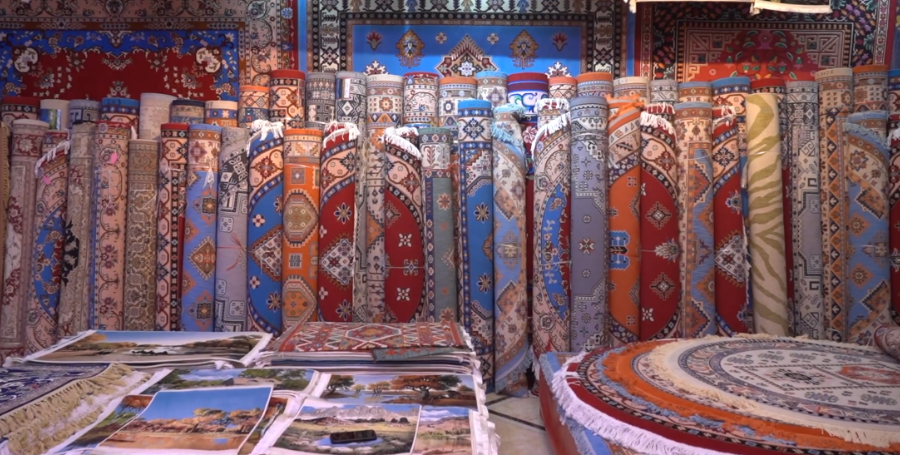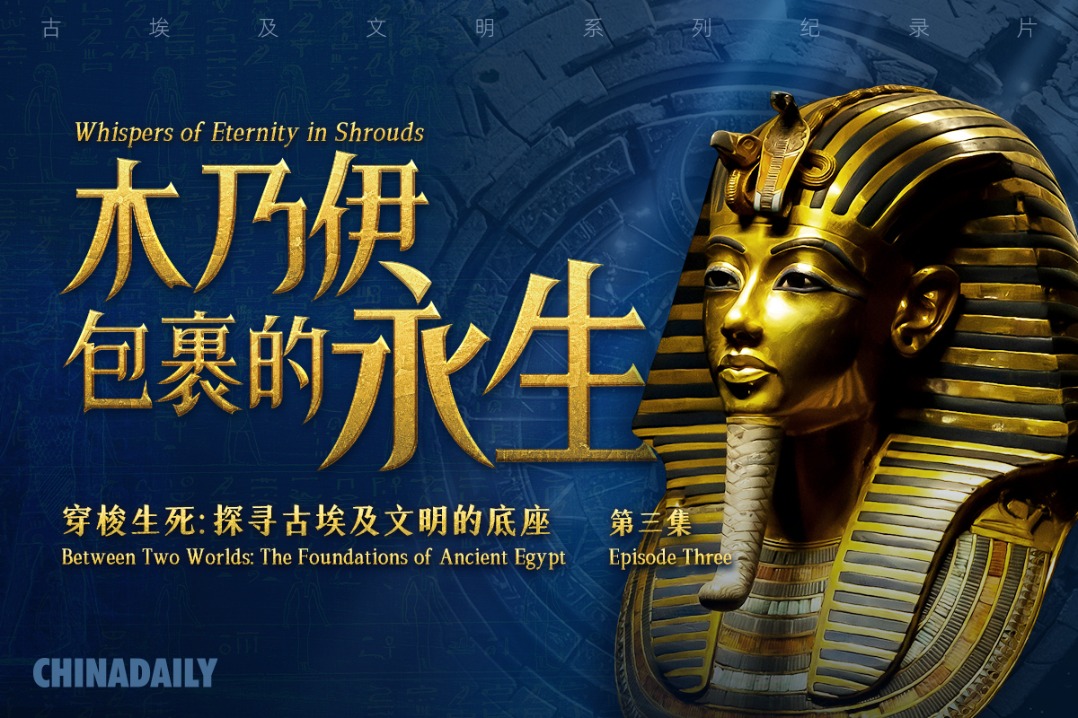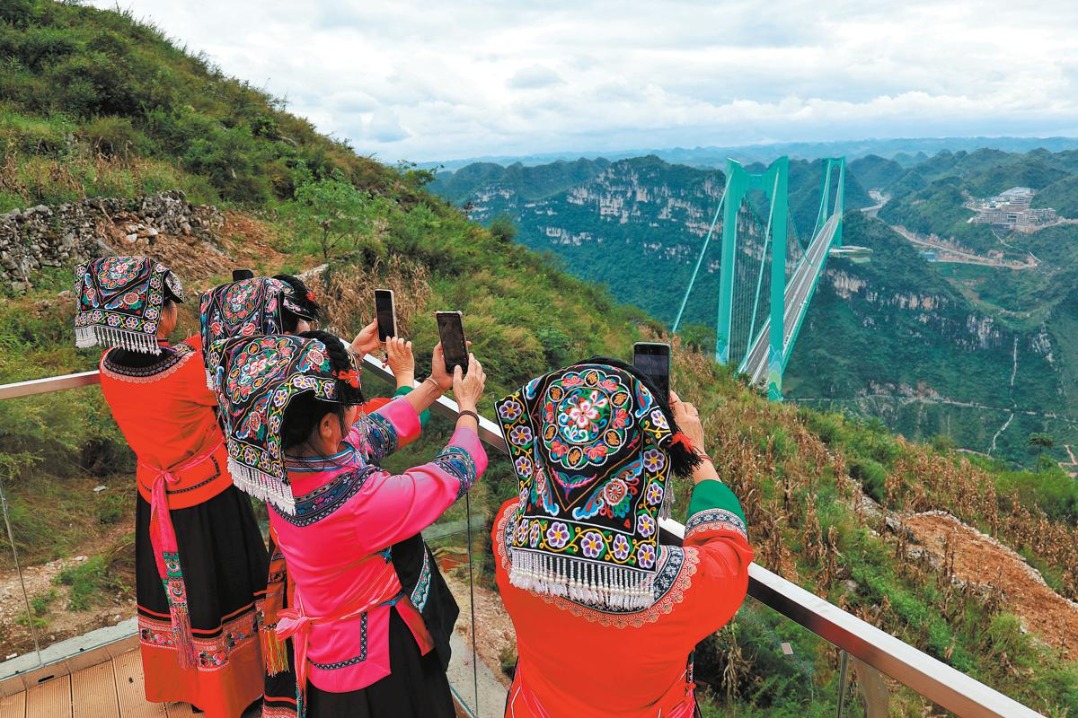Xinjiang: A living tapestry of intangible cultural heritage

The Xinjiang Uygur autonomous region in NorthWest China, vast in territory and rich in resources, has long been home to diverse ethnic groups living together for centuries. Its splendid intangible cultural heritage shines like a living epic, telling stories of timeless wisdom and emotion. These treasures are not only carriers of tradition but also windows into the region's unique charm. Let us explore some of Xinjiang's most remarkable forms of living heritage.

Xinjiang handmade carpet
As the crossroads of the ancient Silk Road, Xinjiang has been the cradle of carpet-making for over 2,000 years. Archaeological finds trace its woolen handwoven carpets back millennia, showcasing influences from many cultures. The carpets feature motifs of plants, flowers, fruits, branches, animals and geometric designs.
Among them, Hotan carpet is Xinjiang's most famous name card. Made of high-quality semi-coarse wool, it is prized for its elasticity, resilience and vibrant colors. They are crafted with great care, involving spinning and dyeing wool, carefully designing patterns, and weaving on vertical looms where thousands of knots form durable carpets with crisp patterns on both sides. After months of labor—weaving, washing, drying, shearing, and trimming—a masterpiece emerges. Xinjiang carpets are highly acclaimed globally, with exports reaching Central Asia, West Asia and Europe.
























